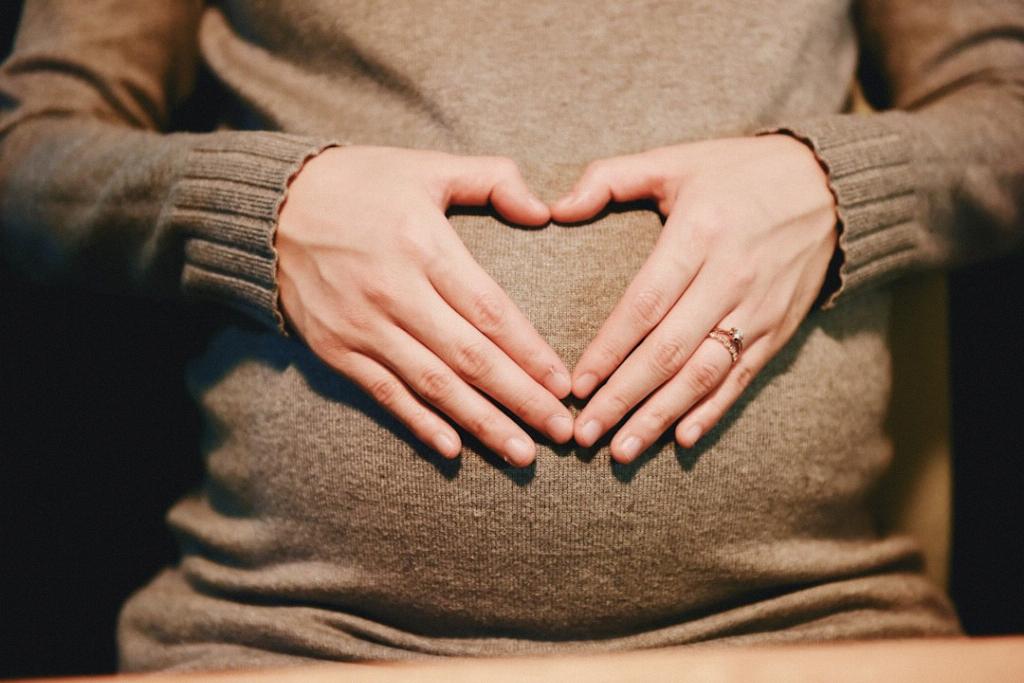Many expectant mothers often wonder about the safety of dying their hair during pregnancy. The concern primarily arises from the chemicals present in hair dyes and whether they can potentially harm the developing fetus. The American College of Obstetricians and Gynecologists offers some reassuring insights into this common query.
Studies have indicated that the likelihood of hair dye causing harm to the unborn baby is minimal. In fact, research involving animal subjects has demonstrated that even at high concentrations, the chemicals found in hair dye do not result in birth defects. These findings may provide some peace of mind to pregnant individuals who wish to maintain their hair color during this special time.
It is essential to consider that the body’s absorption of chemicals through the skin during the hair dyeing process is relatively limited. This means that the amount of dye components entering the bloodstream and reaching the fetus is significantly reduced. As a result, the overall risk associated with coloring one’s hair while pregnant is considered to be low.
Despite these encouraging findings, it is prudent for expectant mothers to exercise caution when dyeing their hair. Opting for hair dye products that contain fewer harsh chemicals or ammonia-free formulas can further mitigate any potential risks. Additionally, ensuring proper ventilation in the area where the dyeing process takes place can help minimize exposure to fumes.
Consulting with a healthcare provider before dyeing your hair during pregnancy is always advisable. Your doctor can offer personalized guidance based on your unique medical history and any specific concerns you may have. By discussing your intentions with a healthcare professional, you can make an informed decision that aligns with your well-being and that of your baby.
Another aspect to consider is the timing of hair dye application during pregnancy. Many experts suggest waiting until after the first trimester to color your hair. This precautionary measure aims to avoid any potential developmental vulnerabilities during the critical early stages of fetal growth.
Individuals who prefer a more natural approach may explore alternative hair coloring methods that do not involve traditional chemical dyes. Options such as henna and vegetable-based dyes offer a gentler way to change hair color without exposing yourself to synthetic chemicals that could raise concerns.
It is crucial to conduct a patch test before using any hair dye products during pregnancy. This simple precaution helps you identify any adverse reactions or sensitivities that may arise from the dye components. Performing a patch test before full application can prevent unwanted skin irritations or allergic responses.
When dyeing your hair while pregnant, following the instructions provided with the product is paramount. Adhering to the recommended application techniques and duration ensures that you achieve the desired results without compromising safety. Properly rinsing the dye off your scalp and hair after the designated time is crucial to minimize chemical exposure.
While the decision to dye your hair during pregnancy ultimately rests with you, being well-informed about the potential risks and precautions can empower you to make a confident choice. By prioritizing your health and that of your baby, you can enjoy a refreshed hair color while maintaining a sense of security throughout your pregnancy journey.
In conclusion, dyeing your hair during pregnancy is generally considered safe, provided you take certain precautions and consult with your healthcare provider. By keeping informed about the minimal risks associated with hair dye chemicals and opting for safer dyeing practices, you can confidently embrace your desired hair color while expecting.

